The dream of visiting the fjords of Norway often begins in the country’s capital of Oslo. Offering the typical Scandinavian combination of culture and comfort, Oslo is the perfect place to find your feet in Norway. This Oslo itinerary will guide you through what to see in the city, when to visit, and how to get around. With three days there, you’ll explore all the best places to visit in Oslo and get a feel for exactly what makes it special. So read on to learn precisely what to do in Oslo in 3 days to make the most of your visit.
Best Time to Visit Oslo
Whenever you’re planning a trip to Scandinavia, it’s important that you think carefully about the time of year in which you visit. Your timing could have a drastic impact on your trip, mostly in terms of weather, but there’s also the potential for crowds come high season.
The best weather in Oslo is during the summer months of June to August, which is when the sun is finally out and the temperature is pleasantly warm. July and August are also considered high season for the city so things can get a bit crowded then. Because of this, the best time to visit Oslo is late spring – May and June. At this time of year you avoid both the crowds and the heaviest summer showers, while it’s still nice and warm outside.
Winter, on the other hand, is a much less enjoyable time to visit. From November through March the weather is very cold and the days are very short. At the winter solstice the sun is up for less than six hours making sightseeing a bit more difficult.
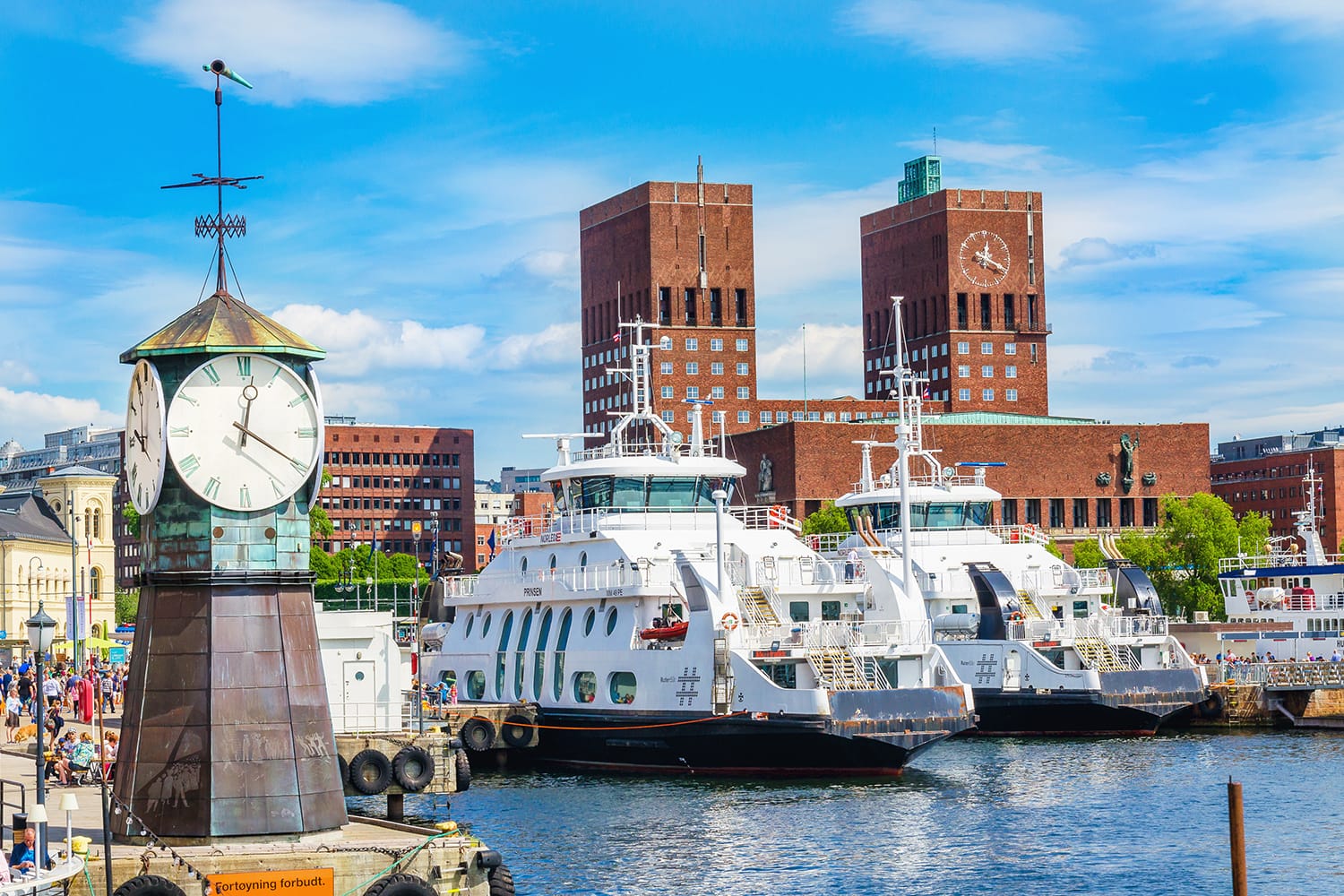
How to Get Around Oslo
With so much included in your Oslo itinerary, you’re going to need to know the best ways to get around while visiting Oslo. Although Oslo may not be as large as other European capital cities, the city’s best attractions are a bit spread out. Depending on where you’re going, walking won’t always be an option, so you’ll need a basic understanding of Oslo’s public transportation system.
Oslo’s public transportation includes metro, buses, trams, and ferries. The metro is best used to access the outer parts of Oslo, so it probably won’t factor into your trip much. Instead, the city buses and trams are how you’ll get around within the city center. The metro, buses, trams, and ferries all belong to the Ruter system, with ticket prices starting at 36 NOK for a single adult ticket.
The ferry is most useful when heading over to the Bygdøy peninsula. Known as the Bygdøyfergene, it takes passengers from City Hall Pier 3 to the peninsula’s museums. It’s important to know that this particular ferry isn’t part of the Ruter system and uses its own ticket system.
To reach the city center from Oslo Airport you can take a shuttle train from Gardermoen Airport to Oslo. The ride takes 20 minutes, costs NOK 160 and connections depart every 10 minutes.
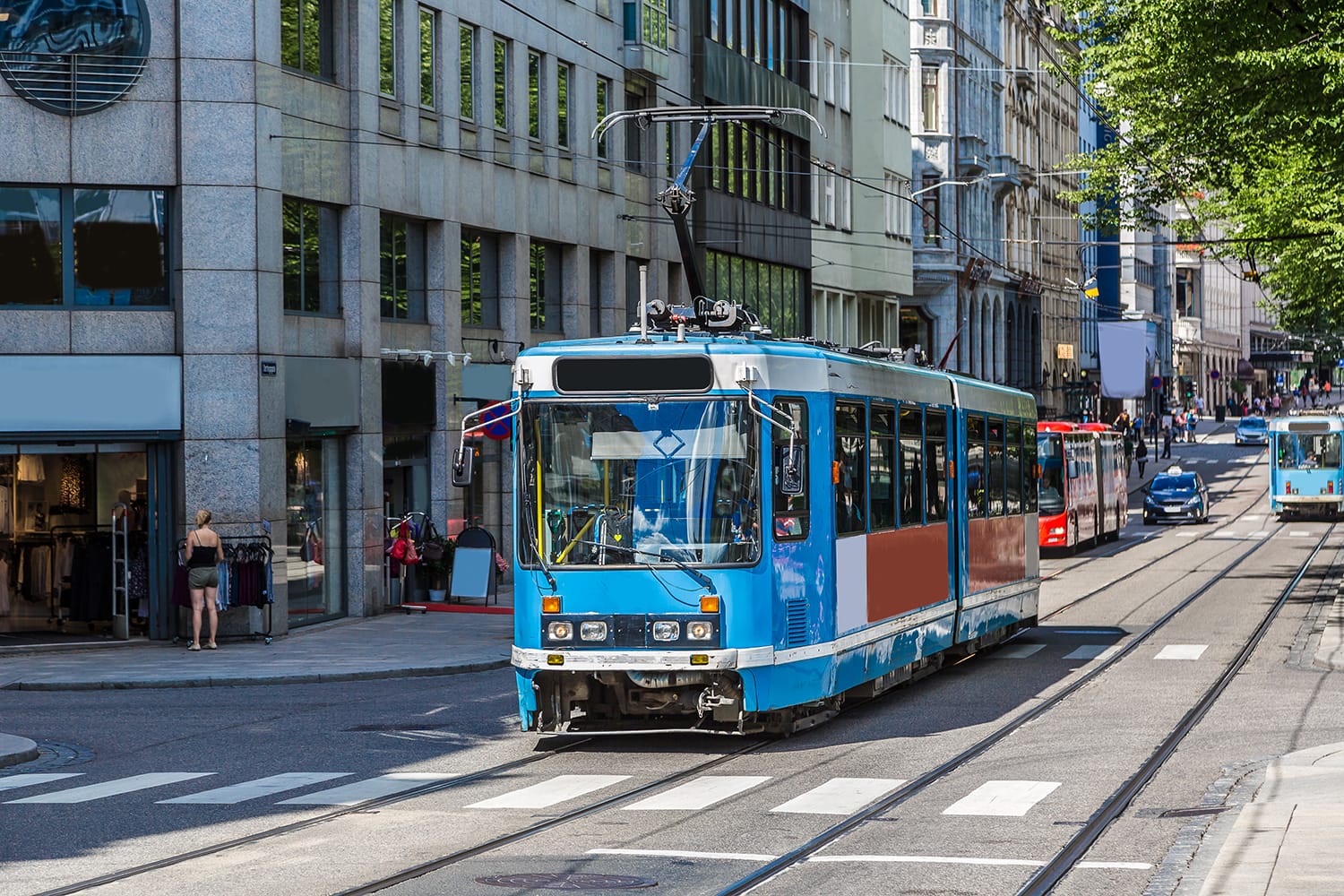
Where to Stay in Oslo
Finding the right accommodation in the right part of the city can make a huge difference to a city getaway. Oslo doesn’t have the broad range of accommodation you might expect from an international city of its kind, so make sure you sort things out in advance. If you leave it too long, all the best places to stay in Oslo might already be booked.
Finding a hotel or hostel that suits you is one thing, but understanding where to stay in Oslo is just as important. The city’s quality public transport does mean that traveling around to see the sights is pretty straight forward, but it’s always nice to be as close to things as possible. With that in mind, you’ll want to look for places in and around the city center – Sentrum or in neighborhoods like Vika, Bjørvika, and Homansbyen which are all still close enough to be convenient.
For a seriously luxurious stay in Oslo, the superbly elegant Grand Hotel is the way to go. This 5-star hotel sits right in the heart of the city on its main street, offering stylish and spacious rooms and suites that you won’t want to leave.
If you’re looking for both comfort and affordability, Hotel Verdandi Oslo is the perfect option for your visit. Not only does this 3-star hotel have reasonably priced rooms and a central location, it boasts friendly staff, a great breakfast, and complimentary tea and coffee throughout the day.
You can also find places to stay on Airbnb. For recommendations, take a look at our list of the best Airbnbs in Oslo.
Oslo, and Norway in general, isn’t known for budget accommodation, but Saga Poshtel Oslo Central is the best amongst the few options there are. Unlike many budget places, this is located right in the city center and includes a great complimentary breakfast.
For more accommodation options in Oslo check out Booking.com. They continuously offer the best rates and their custom service is on point.
The Perfect 3-Day Oslo Itinerary
Oslo is not only a capital city, but it is also an important international city with a great wealth of history and culture. It’s the perfect size for visiting over a few days, so you won’t feel like you’re missing the best of Oslo by only spending 72 hours there. To help you get the most from your visit, this guide will show you all the best things to do in Oslo.
As you move from one sight to the next, you’ll get to see the city center as well as other parts of Oslo, like the area around Frogner Park and the Bygdøy peninsula. There’s even time to venture beyond the city limits of Oslo and explore other parts of Norway closeby.
However, before we get to our Oslo itinerary, we just wanted to remind you to purchase travel insurance. You never know what will happen and, trust us, you do not want to get stuck with thousands of dollars in medical bills. As a wise man once said, “If you can’t afford travel insurance, you can’t afford to travel.” So don’t leave home without it.
SafetyWing offers travel insurance for only about $10 a week, making it a no-brainer to get. You can get a quick, non-binding quote below:

SafetyWing is, of course, not the only option available. Two other popular alternatives are World Nomads and Heymondo.
Following that, let’s look at all the fun things to see and do in this Oslo travel itinerary. With it as your guide, you should have no trouble filling your 3 days in Oslo with fun.
Day 1 in Oslo
On your first day it’s best to start with some of Oslo’s most famous attractions which are scattered right around the city center.
Recommendation: If you want to learn a little bit more about Oslo’s history, consider booking a walking tour with an expert local guide in the morning of day 1. The tour is about two hours long and visits many of the attractions mentioned below. You can book your spot on the walking tour here.
Royal Palace
Begin your day outside the Oslo Royal Palace which is at the top of the long city boulevard- Karl Johans Street. This elegant palace is home to Norway’s Royal Family and is their residence as well as their workplace for matters of state. The building was completed in 1849 and overlooks the steep park that runs down towards the city center. During summer it’s possible for tourists to visit inside the palace, taking a tour of state rooms and the glamorous ballroom.
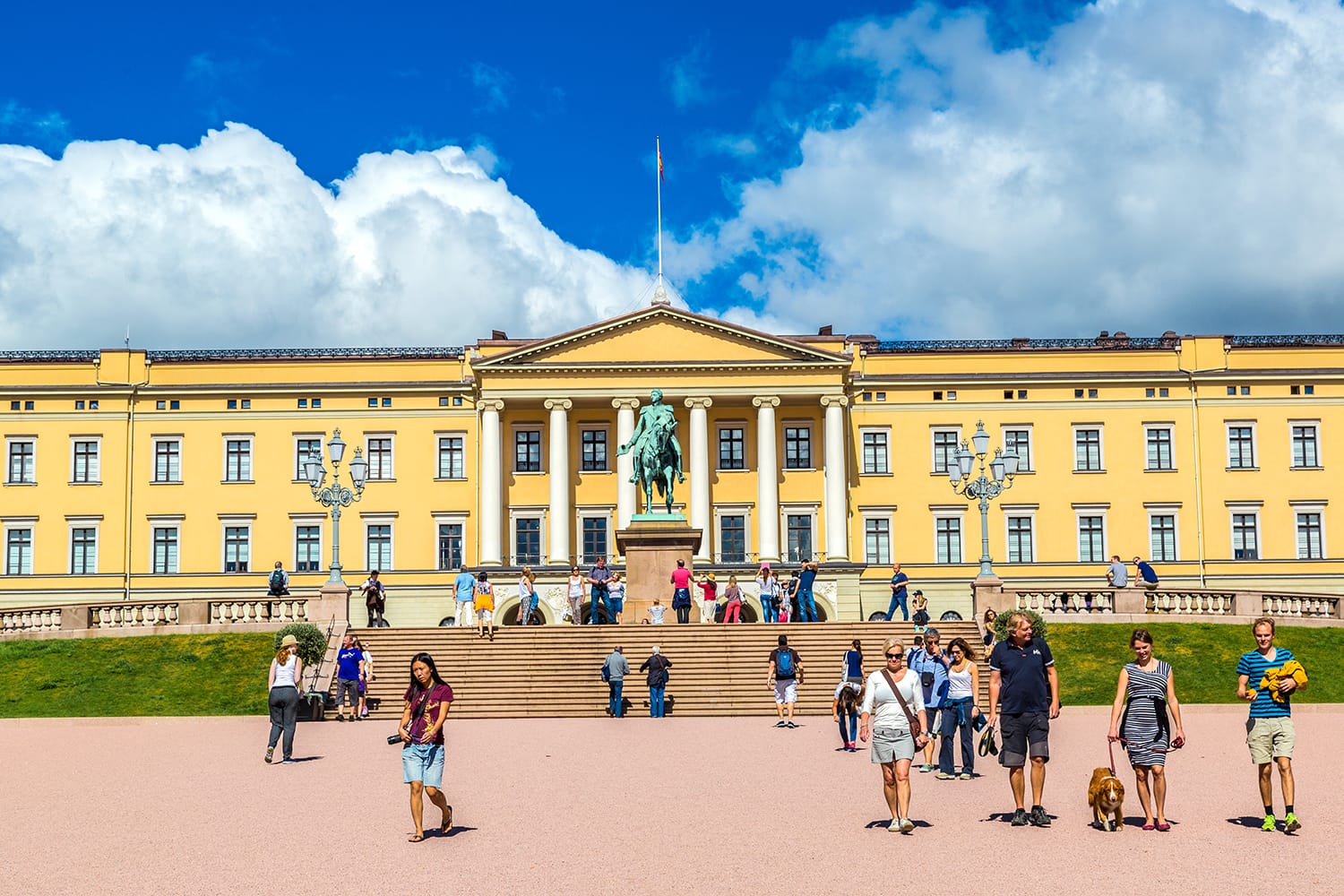
Oslo Cathedral
Make your way down into the heart of the city and you’ll soon find yourself standing in front of the historic Oslo Cathedral. The cathedral was built at the end of the 17th century after the great fire of 1624 caused Oslo to be shifted to its current position. While its brick exterior is quite simple, the stunning Baroque interior that was restored in the 50s tells a different story.
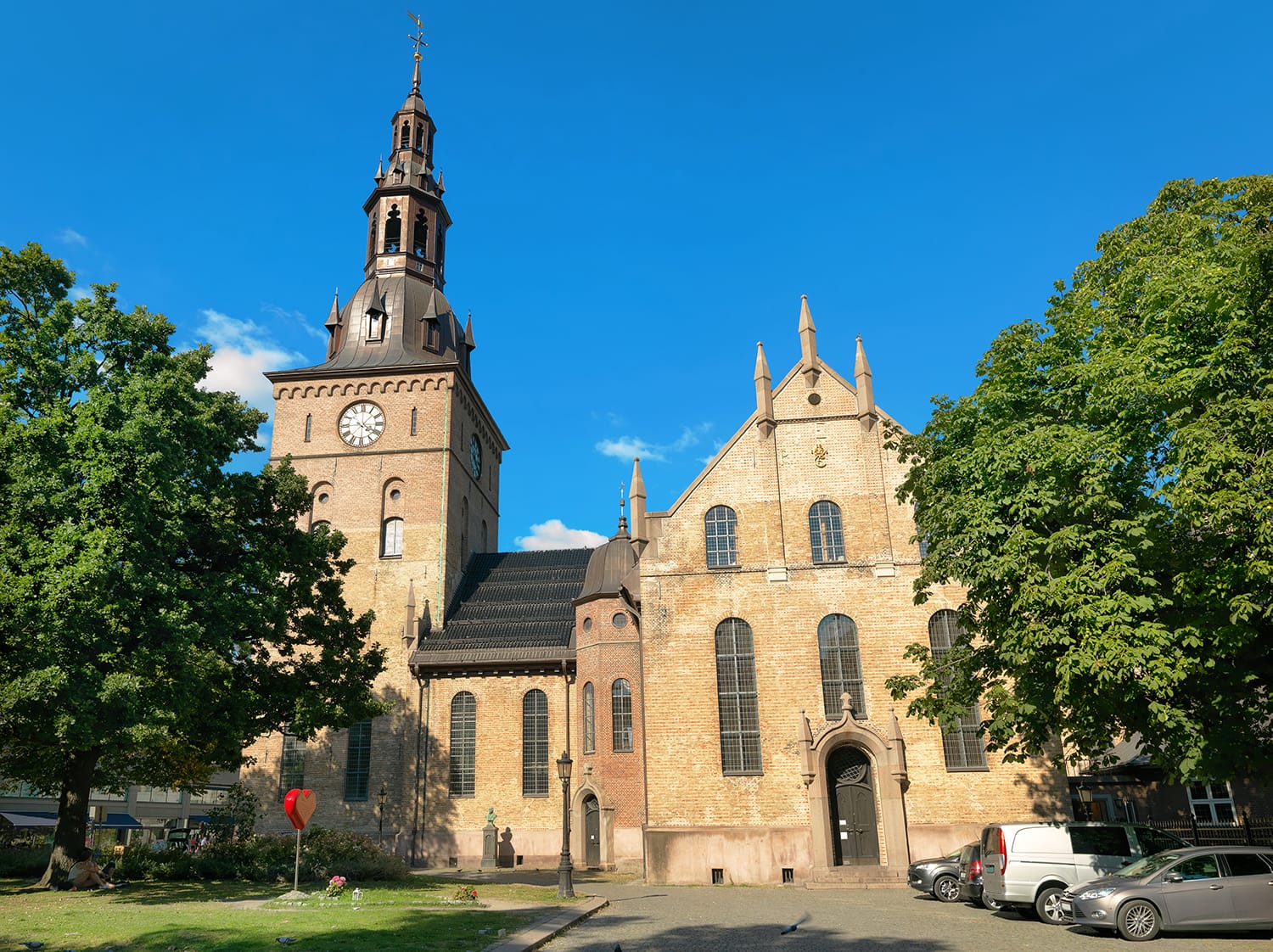
Oslo Opera House
Located down on the harbor waterfront, when the Oslo Opera House was finished in 2008 it gave the city another modern addition to its ever-changing image. With sloped embankments leading down to the water, the gleaming white Opera House looks like it’s slowly emerging out of the harbor. There are plenty of eye-catching abstract elements inside as well, like the waving wood wall, plus you can freely wander around the roof of the Opera House and enjoys its city views.
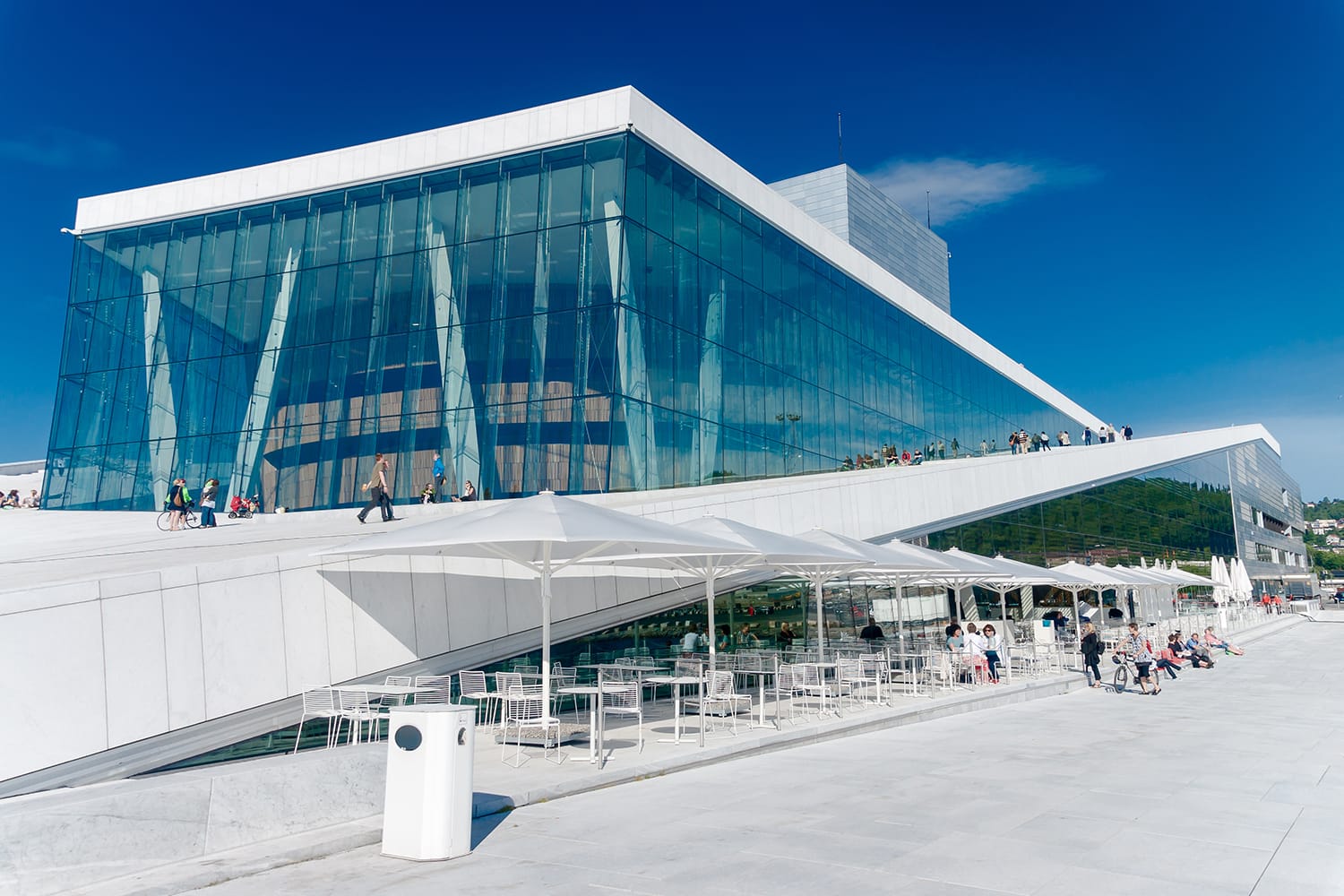
Akershus Fortress
Following the city’s waterfront west from the Opera House you’ll soon find one of the city’s most remarkable historical landmarks – the Akershus Fortress. This medieval castle has protected the city of Oslo since its completion in the 14th century and was never once taken while under siege. Visitors to the fortress are freely able to walk around the surrounding grounds and admire the fortress defenses. Visiting inside the castle is possible in summer on a guided tour. Within the fortress you’ll also find the Armed Forces Museum and Norway’s Resistance Museum which cover Norway’s military history and WWII, respectively.
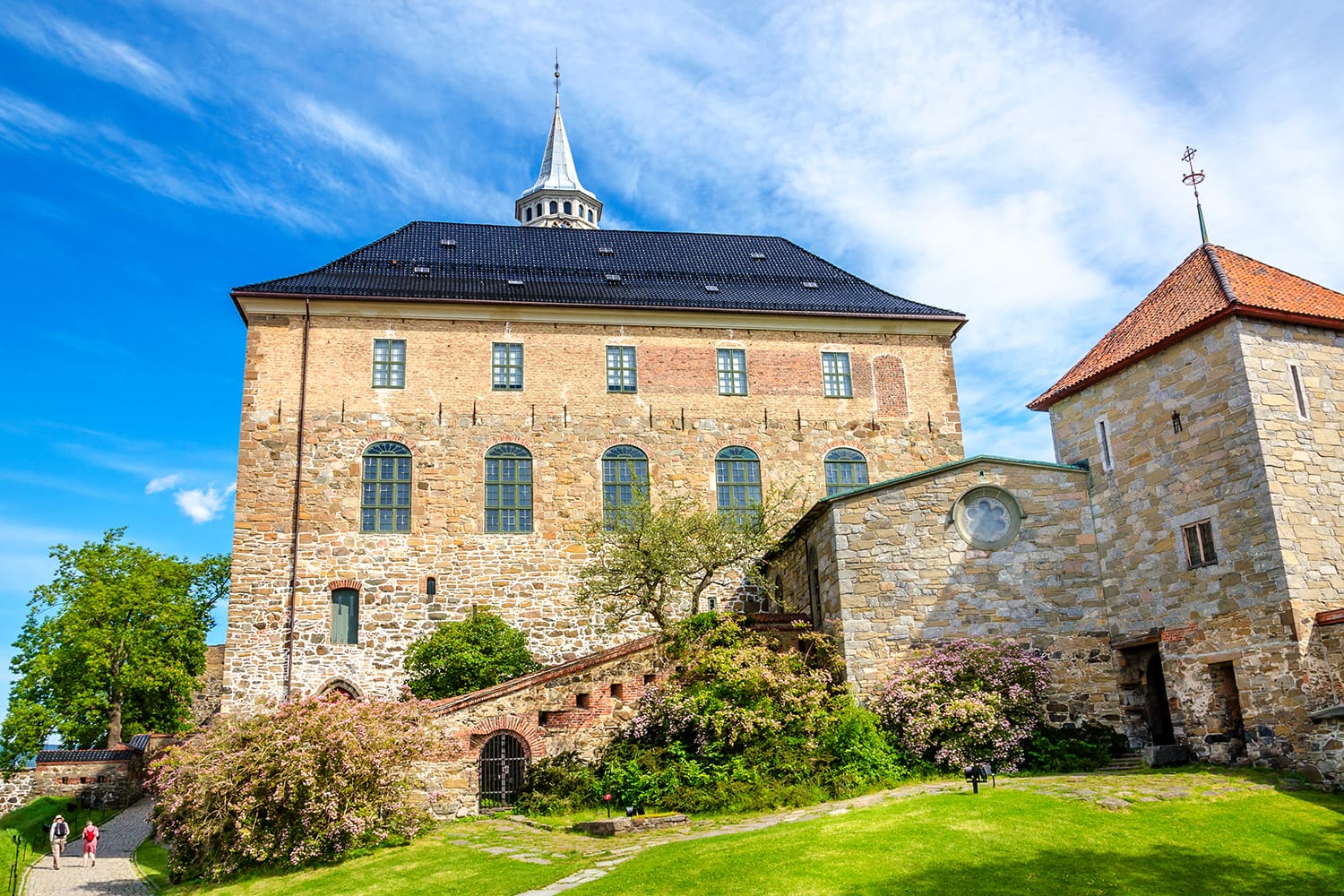
Nobel Peace Center
People around the world have heard of the Nobel Peace Prize but it’s maybe less common knowledge that the prestigious award is presented annually in Oslo. While other Nobel Prizes are awarded in the city of Stockholm, Oslo is home to the Peace Prize. You can learn all about the Nobel Peace Prize and its history of winners at the Nobel Peace Center. The museum’s exhibits reflect on subjects like peace and war through informational and audiovisual displays.
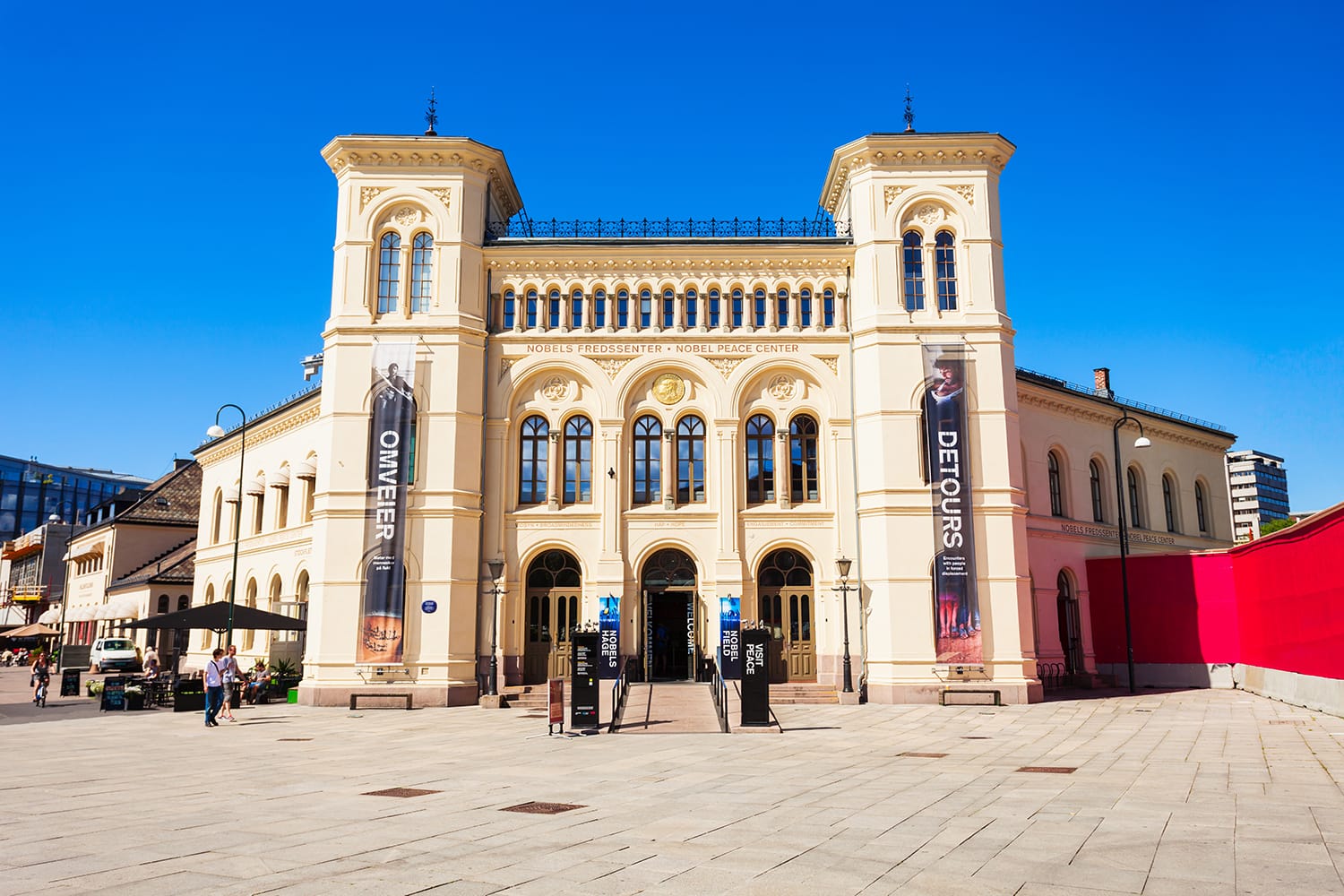
Oslo City Hall
Just across the road from the Nobel Peace Centre stands the block-shaped Oslo City Hall. If you’ve seen other city halls around Europe, then this building from 1950 might not be what you would expect from a European capital. While its square, brick design is relatively plain, there are some interesting elements as well, such as the building’s astronomical clock and the large oil painting that adorns the main hall. It is also the building in which the Nobel Peace Prize is awarded each year.
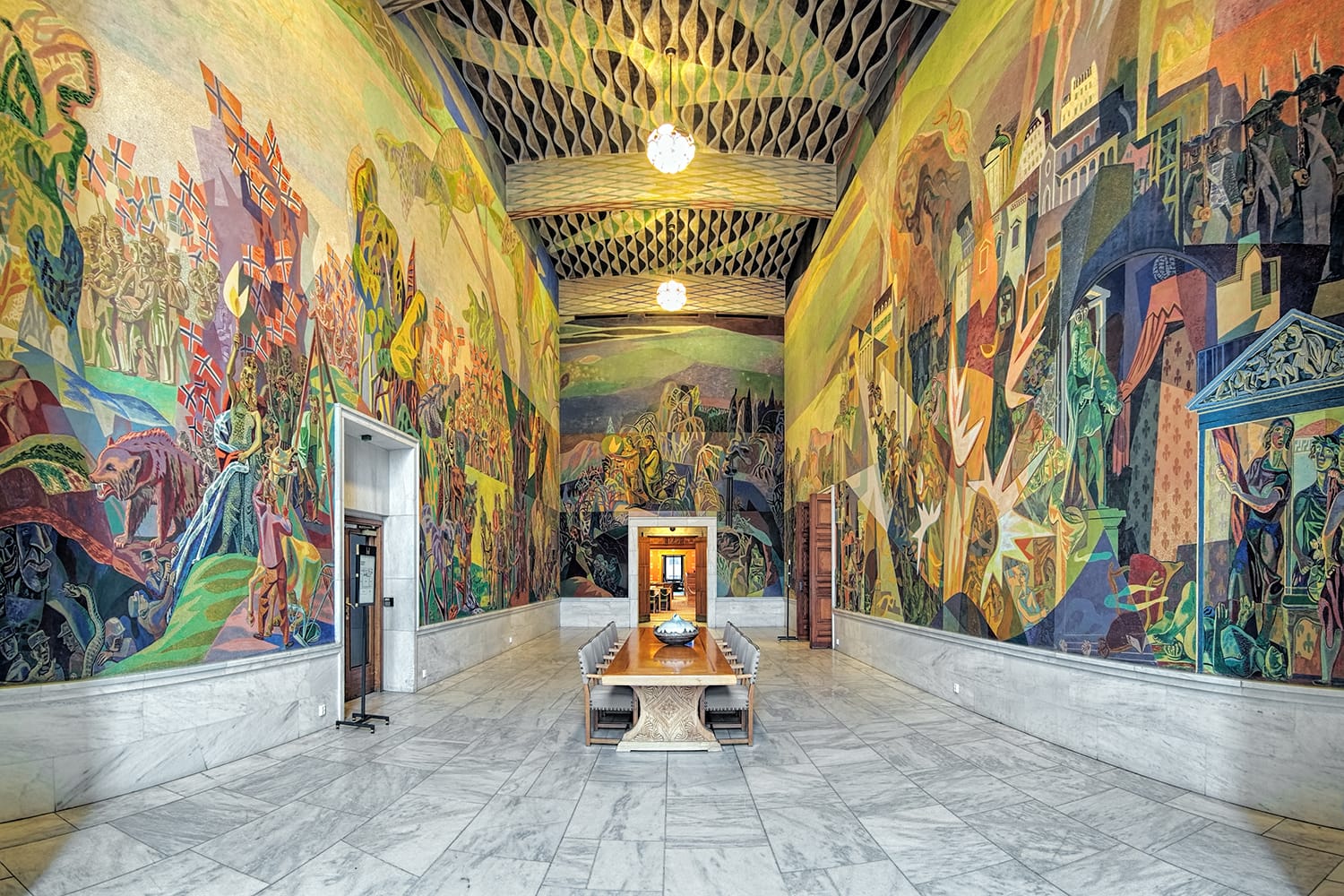
Munch Museum
One of Norway’s most famous artists is Edvard Munch, perhaps best known for his creation, The Scream. With his long list of gorgeous, yet deeply emotional creations, it’s only fitting that the artist has a museum dedicated to his prolific career. Since 1963 the Munch Museum in Sofienberg just outside the city center has showcased the artist’s works. Over half of the artist’s life’s work is housed within this museum, with thousands of paintings, prints, sculptures, and books inside. In spring 2020 a new Munch Museum will be opening near the Opera House in the waterfront district of Bjørvika.
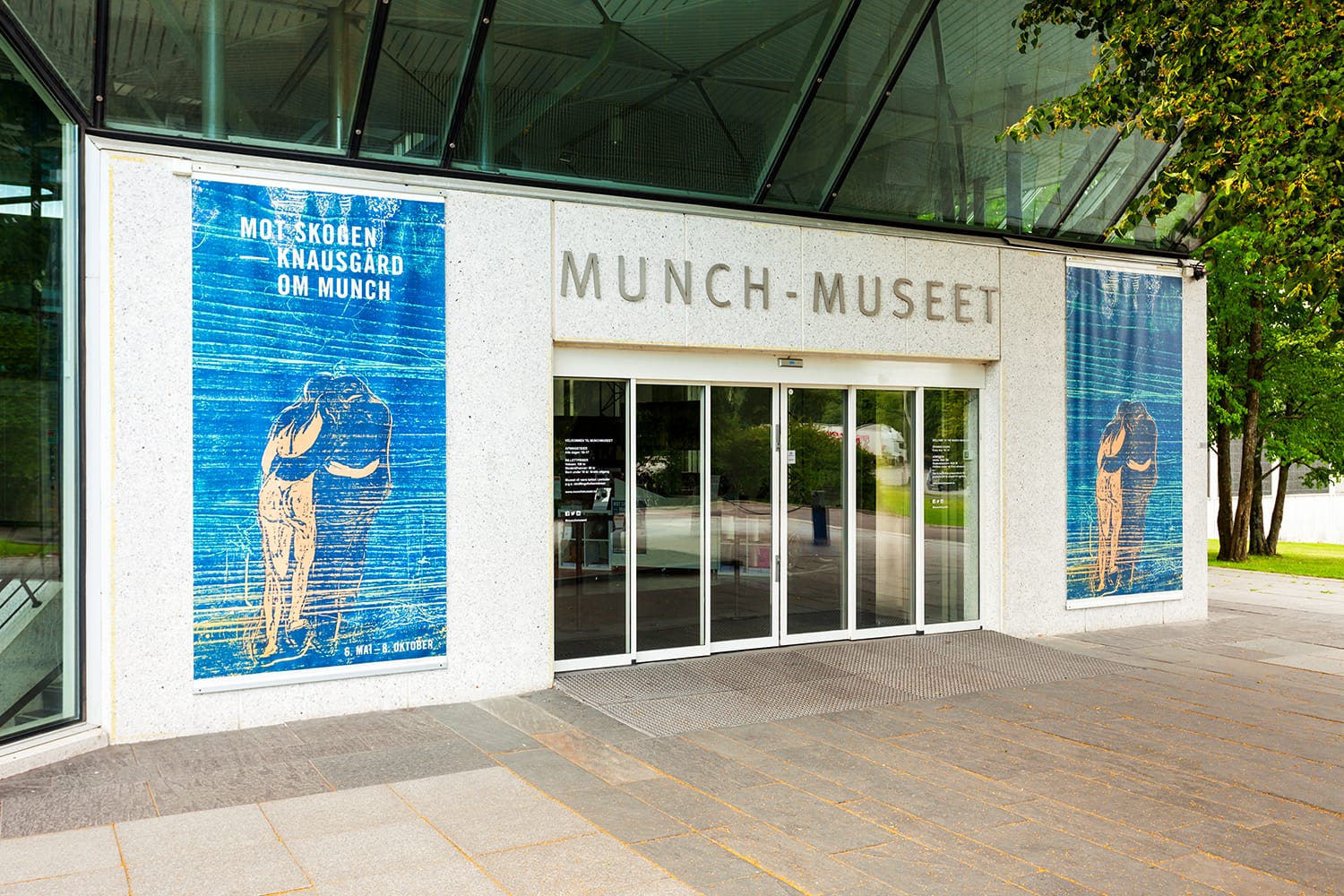
Day 2 in Oslo
There’s more to Oslo than just the city center, so on day two head out a little further, first to Frogner Park and then to the Bygdøy peninsula.
Vigeland Sculpture Park
In Oslo, art isn’t only found in museums, so start your day visiting the Vigeland Sculpture Park at Frogner Park. This remarkable site is made up of over 200 sculptures by artist Gustav Vigeland, including the large bronze Fountain that bears 60 different reliefs across it. One of the most popular sculptures within the extensive collection is the Angry Boy, depicting a toddler throwing a tantrum.
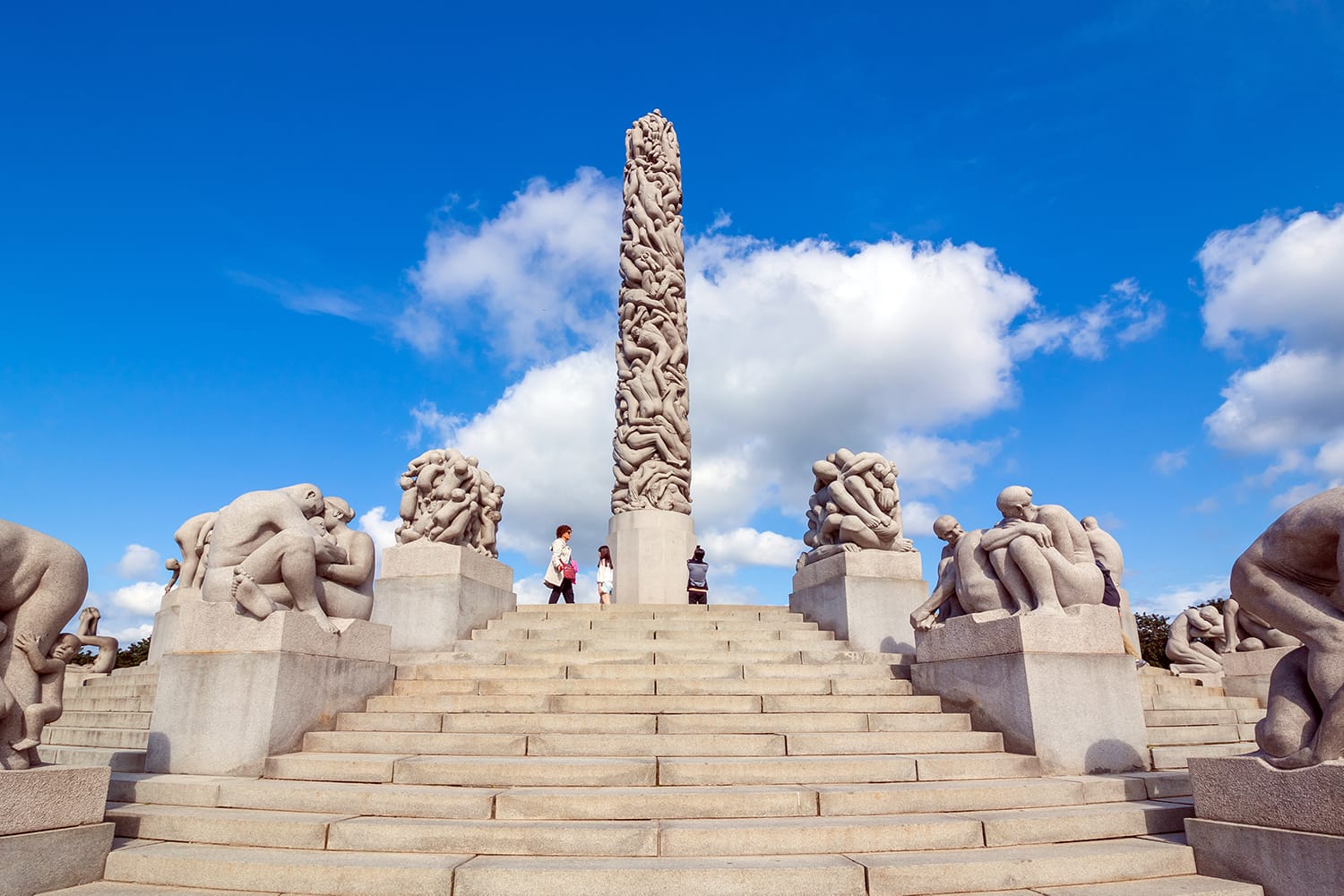
Viking Ship Museum
Traveling to the southeast you soon reach the Bygdøy peninsula, home to many spectacular historical and cultural institutions. Chief among them is the famed Viking Ship Museum, which boasts incredible finds from the region’s Viking history. The star attraction at the museum is its collection of Viking ships which are the best-preserved in the world. Inside the museum it’s possible to see the Oseberg ship which is still completely intact, as well as artifacts uncovered from the Gokstad and Tune ships. Each of these date from the 9th or 10th centuries and were uncovered inside Viking burial mounds, explaining why they are in such an exceptional state. You can buy your ticket to the Viking Museum in advance here.
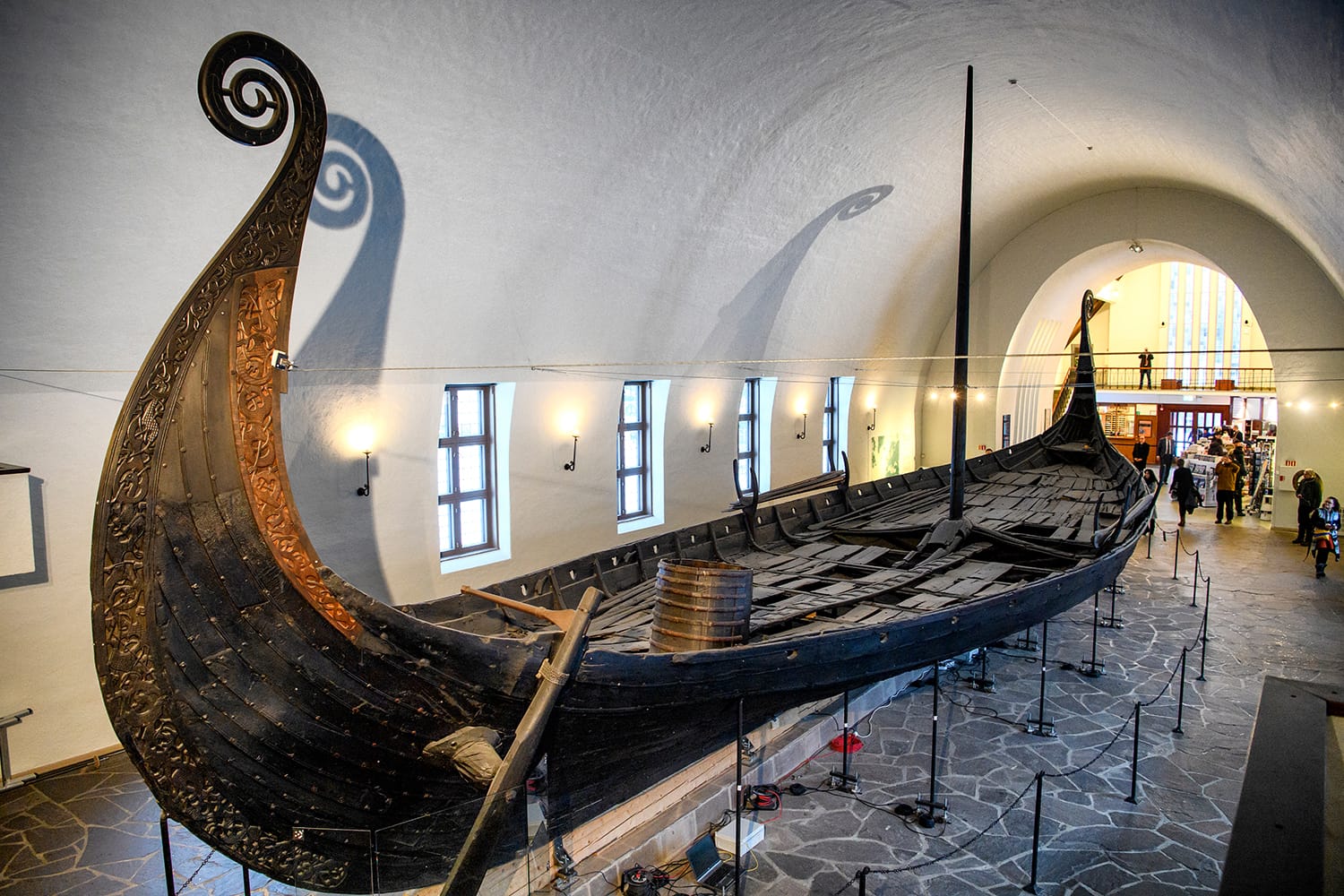
The Fram Museum
Norway’s history of seafaring is not isolated to its Viking days, and further along the peninsula the Fram Museum takes visitors through the age of Norwegian polar exploration. The museum owes its name to the Fram, an exploration vessel used in Arctic and Antarctic expeditions, which sits at the building’s center. Among the records of the Fram are that it was the strongest wooden ship in the world and has sailed the farthest north and farthest south of any one ship. Besides telling the story of the Fram, the museum highlights the endeavors of three Norwegian polar explorers: Fridtjof Nansen, Otto Sverdrup and Roald Amundsen.
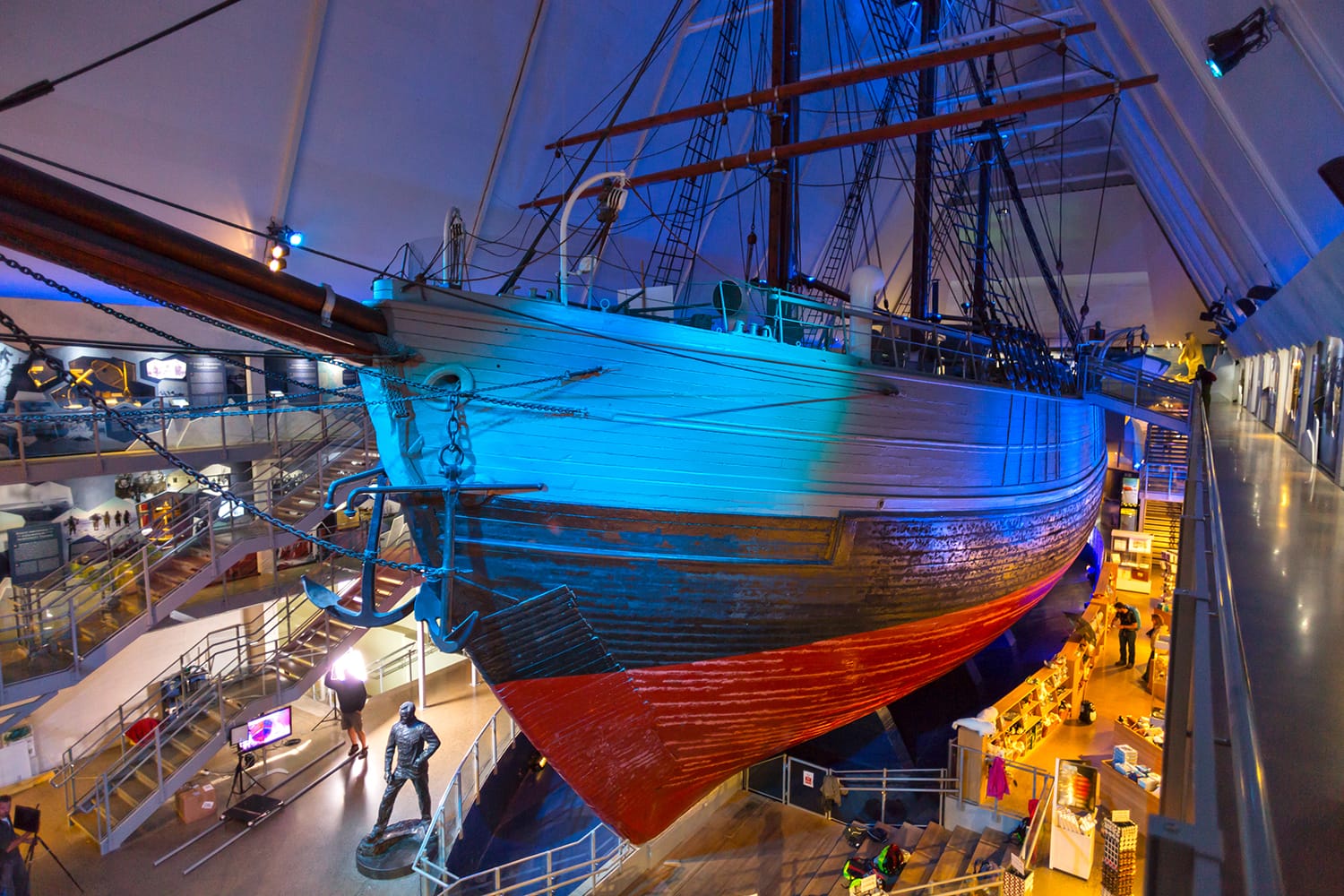
Kon-Tiki Museum
Continuing the trend of maritime museums, shift focus to the Pacific Ocean at the Kon-Tiki Museum. It’s there that you can learn about adventurer Thor Heyerdahl who crossed the Pacific Ocean from Peru to Polynesia in 1947. He made the trip on a simple raft of balsa wood called the Kon-Tiki. Heyerdahl would later follow this trip by taking the Ra II, made from reeds, across the North Atlantic in 1970 from West Africa to the Caribbean. Both vessels are on display in the museum.There are other exhibits on his expeditions and the places he visited during his extensive travels.
Norsk Folkemuseum
The Norsk Folkemuseum is focused on the traditions and culture of life in Norway. It is one of the oldest and largest open-air museums in the world. Throughout the museum grounds, visitors can see over 150 different traditional buildings, from old log houses and half-timbered buildings, to working class houses and even a vintage gas station. Museum exhibits also introduce guests to aspects of local heritage like handicrafts and folk costumes. With horse and carriage rides and livestock around, it’s easy to feel like you’re hundreds of miles from a major city.
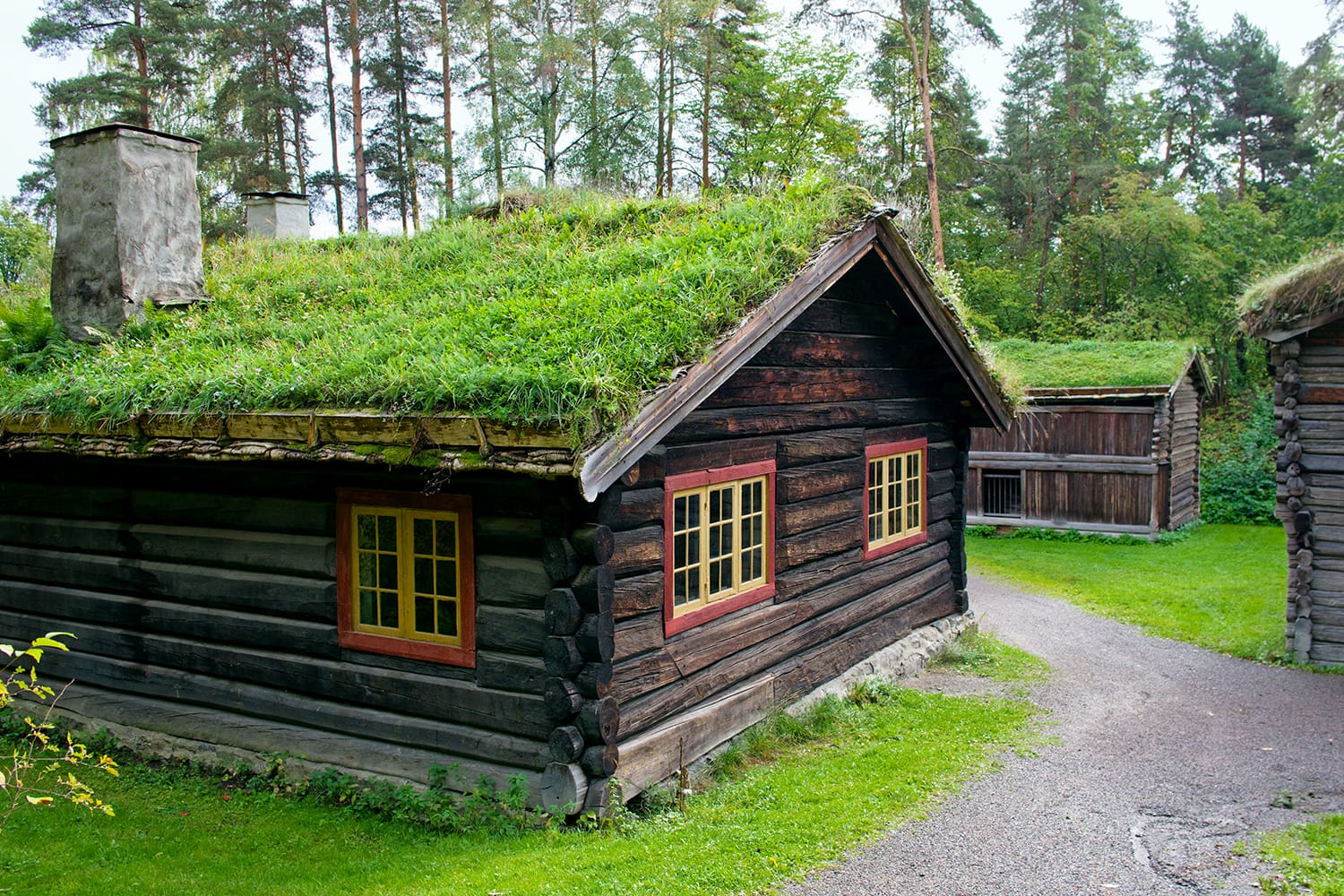
Gol Stave Church
Even though it’s part of the Norwegian Museum of Cultural History, the Gol Stave Church is so noteworthy that it warrants its own section. Built by the early 13th century, this extraordinary wooden church looks amazing given its long life span. Although originally constructed near the village of Gol, it was moved like other buildings to the open-air museum in the 1880s. During the process it underwent major restoration, particularly to its exterior. Unless you have a chance to visit the Borgund Stave Church, about 150 miles southwest of Oslo, then this is probably the most beautiful church you’ll see in Norway.
Recommendation: If you have a little bit of extra time in Oslo, consider booking a sightseeing cruise of Oslo’s beautiful Fjords. It’s a great introduction to the Norwegian coastline, and provides the sort of views that the Vikings would have seen back in the days of their great explorations. You can book a boat cruise here.
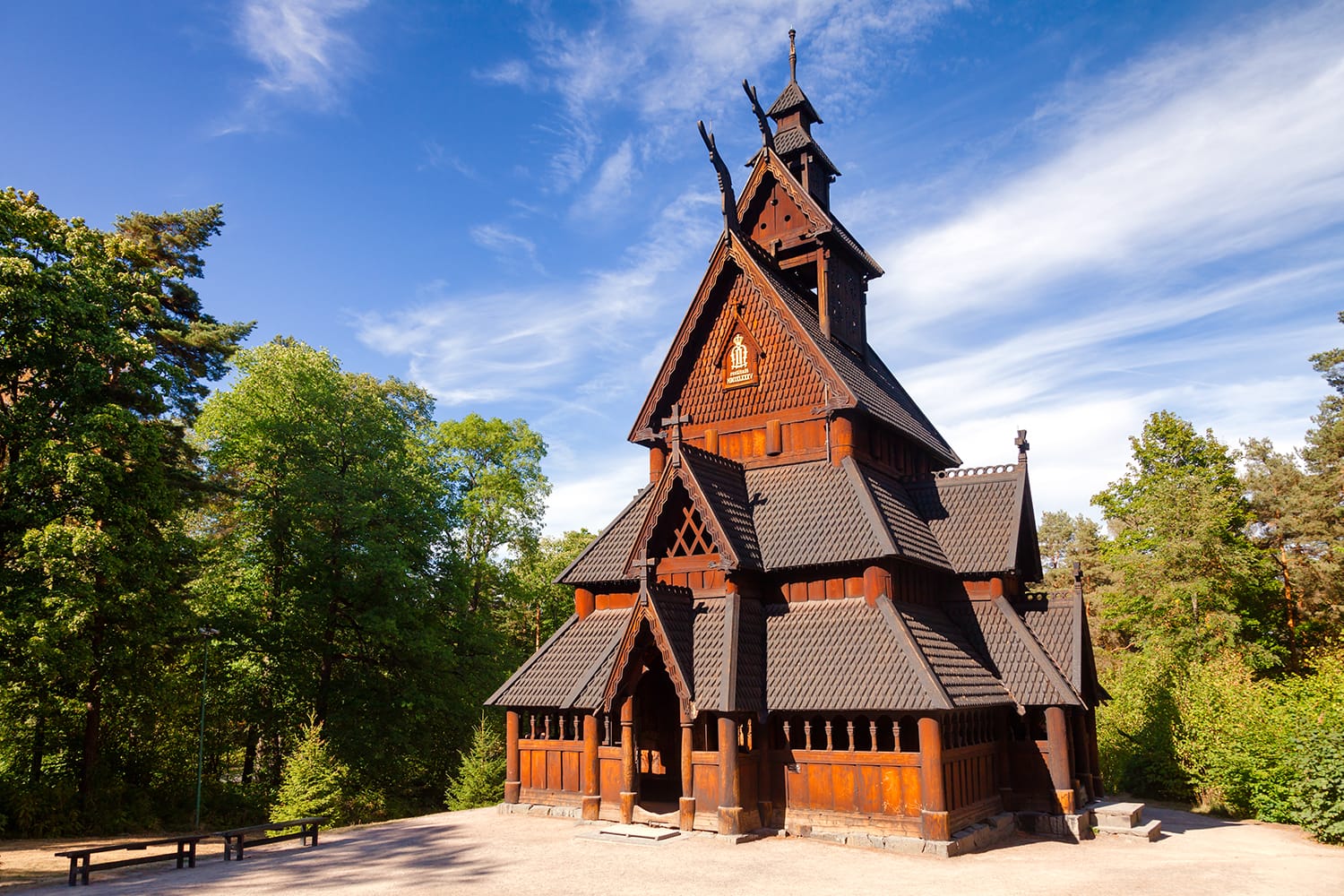
Day 3 in Oslo
To close out your 72 hours in Oslo, look beyond the city and see what other great destinations there are in Norway. Choosing to go on a day trip from Oslo will add another dimension to your trip and give you a better idea of what Norway is all about.
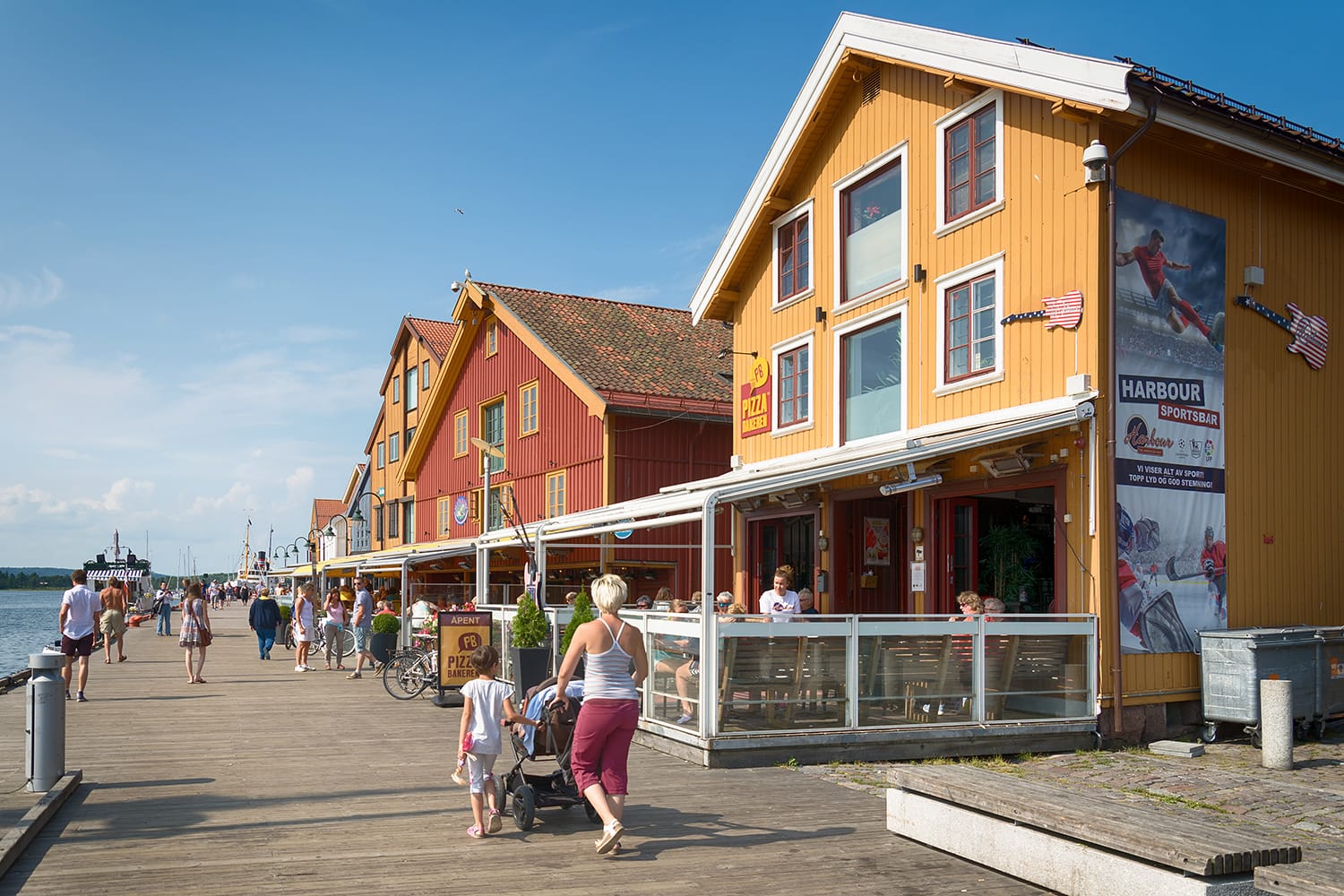
1. Tønsberg
Oslo may have quite a lot of history, but it’s unable to claim the title of the oldest city in Norway. Instead, that honor belongs to Tønsberg, to the south of the capital, down on the western side of the Oslofjord. Comfortably reached from Oslo as a day trip, Tønsberg is a great choice if you’re keen to learn more about Norway’s Viking history.
Begin your visit by taking a walk along the harbor, known as the Brygga. Besides featuring colorful buildings typical of Norway, you’ll also find a replica of the Oseberg Viking ship that you saw in the Viking Ship Museum back in Oslo. The replica is there because the burial mound it was found in was actually in Tønsberg.
On a hill overlooking the town you’ll find Slottsfjell, the largest site of ruins in all of Scandinavia. Once there was a castle from the 13th century that stood there, but now you’ll just find the Slottsfjell Tower and the Slottsfjell Museum. Back down in town, don’t miss the Haugar Art Museum and its extensive collection of contemporary art from the region.
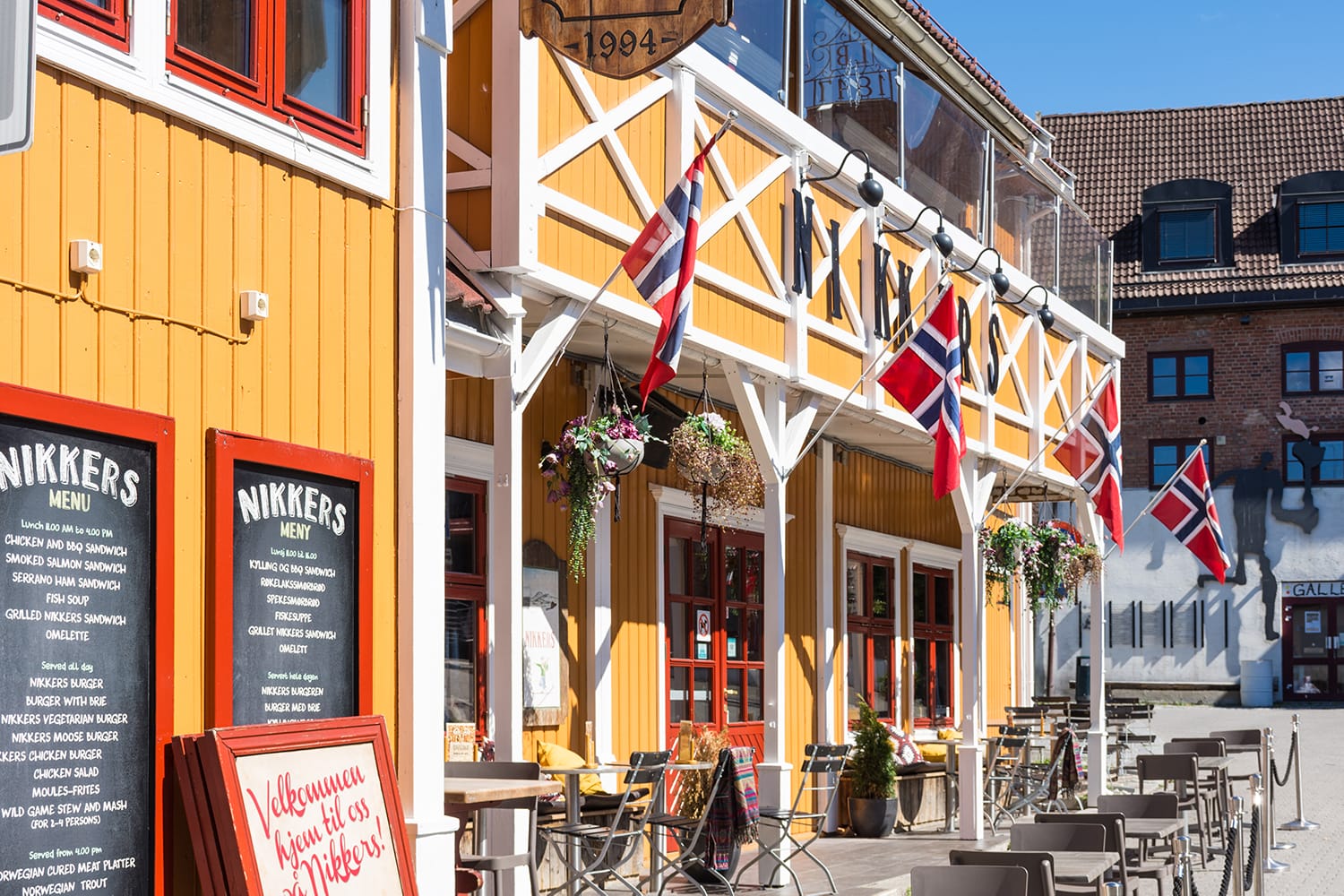
2. Lillehammer
Fans of snowsports may know that Lillehammer was the host of the 1994 Winter Olympics, while others may know of it thanks to the popular Netflix TV-series Lilyhammer which is about a mob boss who enters witness protection and moves to Lillehammer.
Regardless, many of the attractions in Lillehammer relate to the city’s connection with snowsports. Tourists can visit old Olympic facilities like the Lysgårdsbakkene Ski Jump, the Olympic Bobsleigh, and the Luge Track which were used in the 1994 games. The city also hosts the Norwegian Olympic Museum which details the history of the Olympics, with special focus on Lillehammer’s 1994 Olympics, and the 1952 Winter Olympics held in Oslo.
Of course, Lillehammer doesn’t totally revolve around winter sports. The town also has all the leisure activities and facilities of a ski town, not to mention all the rides and attractions at Hunderfossen Family Park. Then there’s the Maihaugen open-air museum, which features traditional Norweigan homes from as far back as the 13th century.
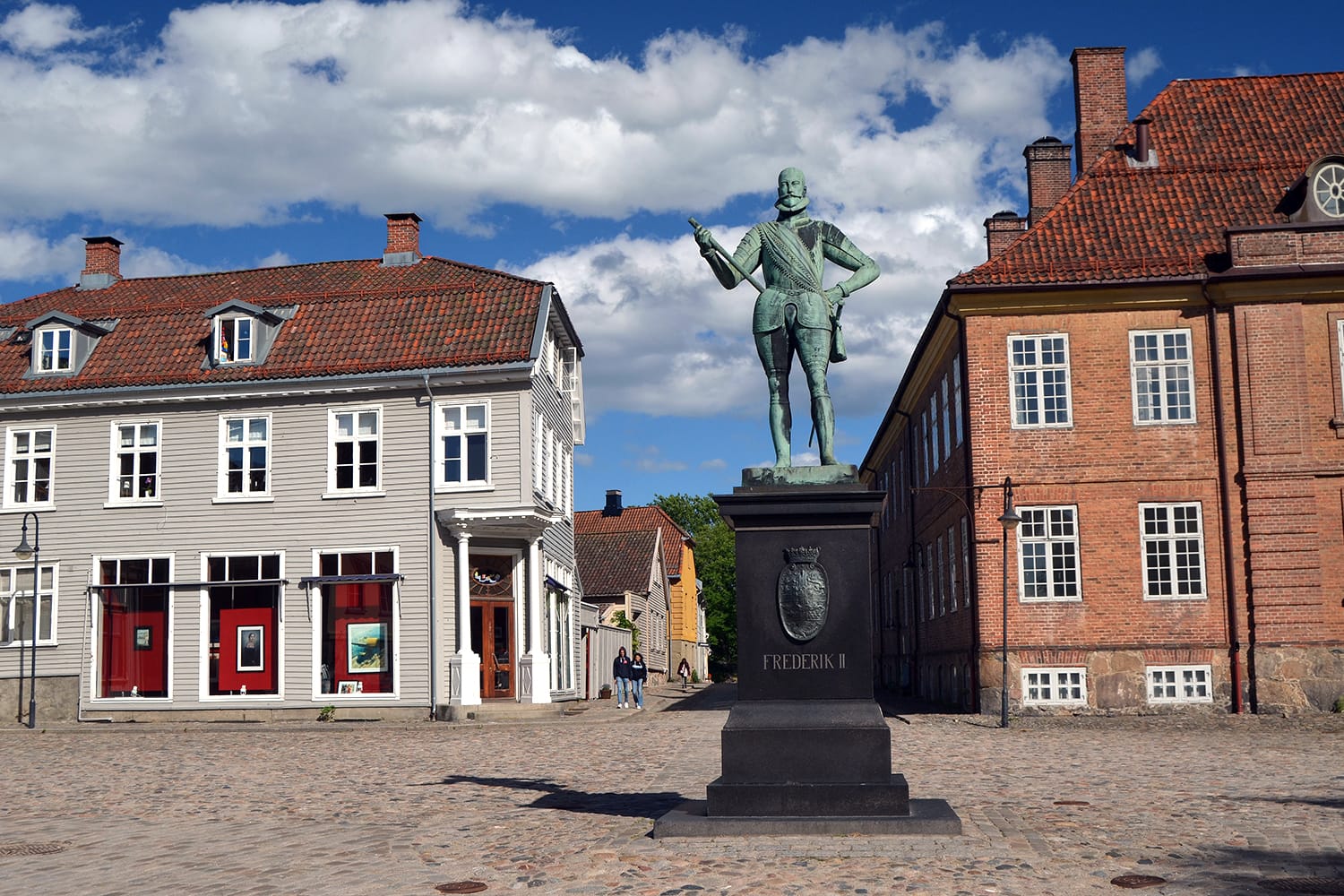
3. Fredrikstad
One of the easiest places to visit from Oslo for the day is the historic and picturesque city of Fredrikstad. Sitting across the Oslofjord from Tønsberg, Fredrikstad is known for its quaint old town and easy access to the the Hvaler islands, the sunniest place in Norway.
Visits to Fredrikstad nearly always start with Gamlebyen, the city’s fortified Old Town. Although it dates back to 1567, hundreds of residents still call Gamlebyen home. Strolling its cobblestone streets you can admire the wood panel and brick homes that give the Old Town its adorable character. Crossing the star-shaped moat, make your way to Kongsten Fort which was once part of the fortifications that defended the city.
The river Glomma not only separates the modern center of Fredrikstad and Gamlebyen, but also the green island of Isegran. A park covers almost all of the island, while there are ruins of Isegran fortress at the point closest to the Old Town. The city center of Fredrikstad shouldn’t be ignored either, with an interesting mix of modern and traditional buildings, the most interesting of which is probably the Fredrikstad Cathedral.
You can see so much of Oslo in 3 days, plus a little extra of Norway on the side. Hopefully, this Oslo itinerary will show you just how much you can fit into your brief getaway. This little taste will make you even more curious about discovering what else Norway has to offer!

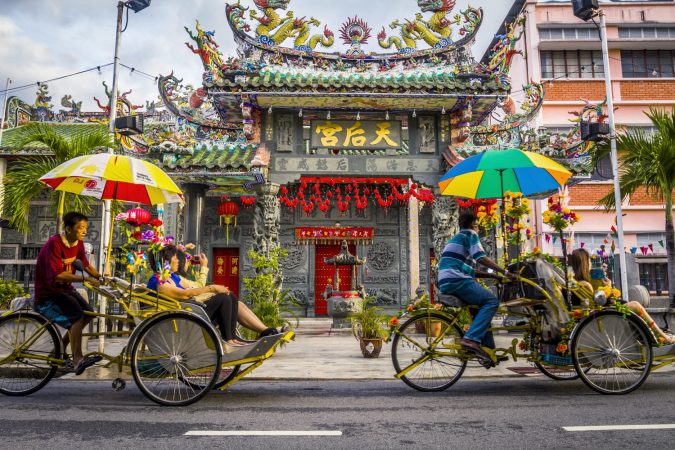
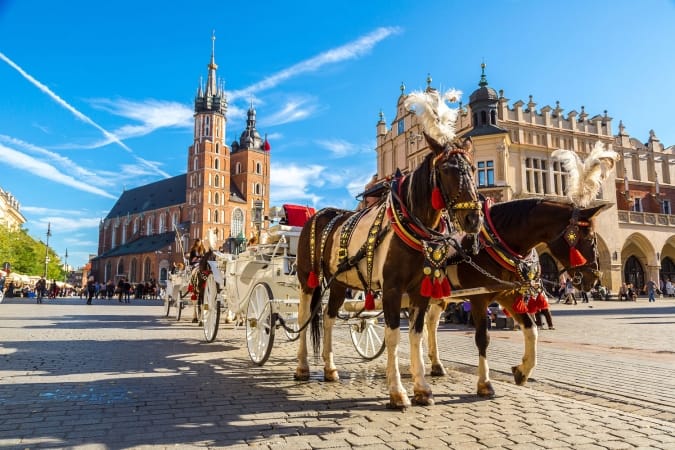
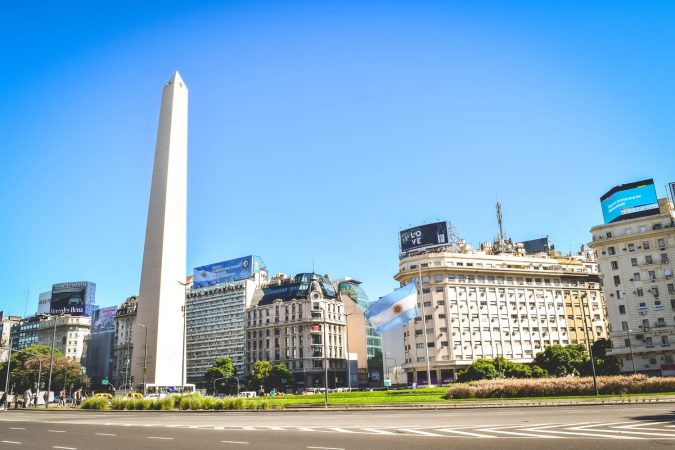
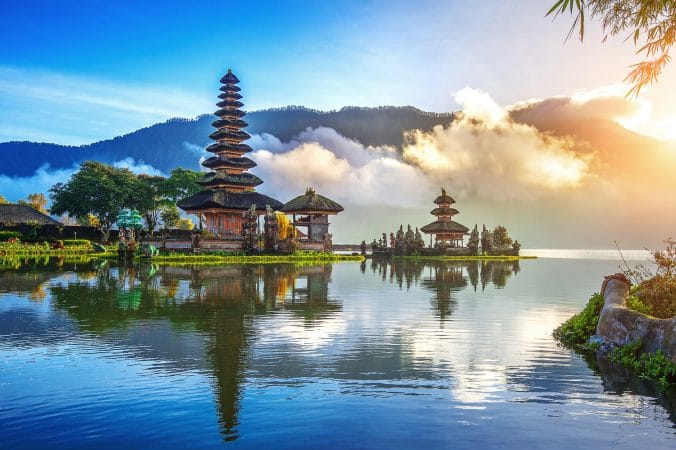
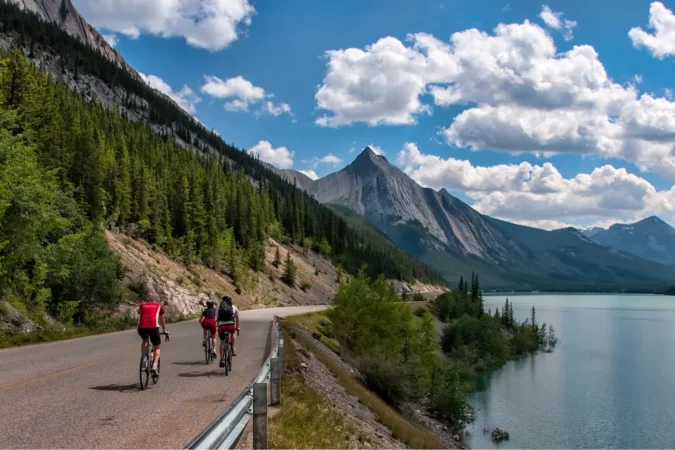

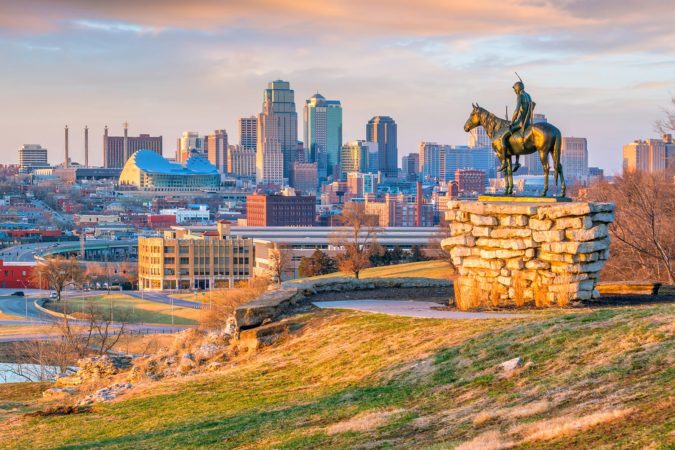
Comments